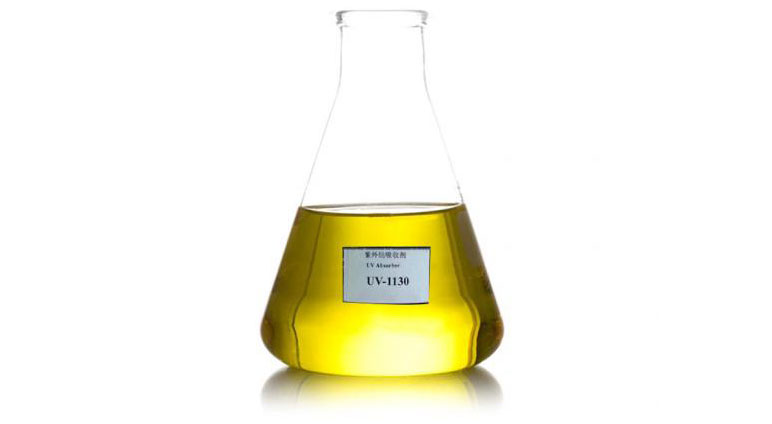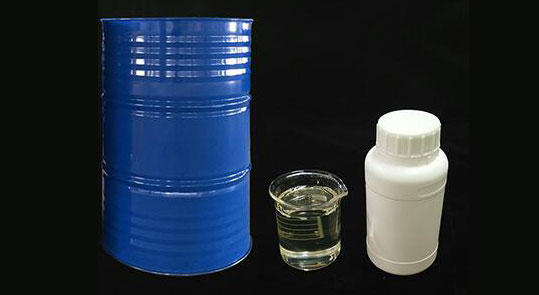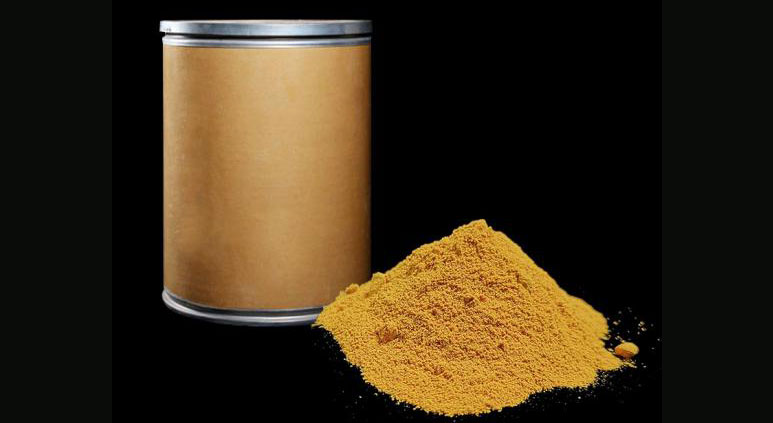Plastic additives, are compounds that must be added to improve the processing performance of the polymer (synthetic resin) or to improve the performance of the resin itself when the polymer (synthetic resin) is processed. For example, in order to reduce the molding temperature of polyvinyl chloride resin, the plasticizer is added to make the product soft; another example is to add foaming agent for the preparation of lightweight, vibration-resistant, heat-insulating, and sound-insulating foam; The decomposition temperature is very close to the molding processing temperature, and molding cannot be achieved without adding heat stabilizers. Therefore, plastic additives occupies a particularly important position in plastic molding processing.

A large class of additives used in plastic molding products, including plasticizers, heat stabilizers, antioxidants, light stabilizers, flame retardants, foaming agents, antistatic agents, antifungal agents, colorants and enhancers Whitening agent (see pigment), filler, coupling agent, lubricant, mold release agent, etc.
Among them, colorants, brighteners, and fillers are not special chemicals for plastics, but are generally used compound materials.
Here is a brief introduction to several commonly used additives:
1. Plasticizer
Plasticizers can increase the flexibility, extensibility, and plasticity of plastics, reduce the flow temperature and hardness of plastics, and are beneficial to the molding of plastic products. Commonly used are phthalic acid esters, sebacic acid esters, chlorinated paraffin and camphor. Our most common is camphor.
2. stabilizer
We all know that in the process of processing, storage and use of plastic products, under the action of light, heat and oxygen, aging phenomena such as fading, embrittlement and cracking will occur. In order to delay and prevent the occurrence of aging, stabilizers must be added. Those mainly used to prevent thermal aging are called heat stabilizers; those mainly used to prevent oxidative aging are called antioxidants; those mainly used to prevent light aging are called light stabilizers, and they are collectively called stabilizers. The most excellent plastic stabilizer today is methyl tin heat stabilizer (181 for short), which is very effective for calendering, extrusion, injection and blow molding of rigid polyethylene (PVC). Because of its high safety, it is especially used for food packaging and high-definition rigid polyethylene products. At the same time, it is also widely used in plastic doors and windows, water pipes, and decorative materials to replace other highly toxic plastics. Heat stabilizers. It has been widely used in the United States, Europe, and Japan. In recent years, 181 methyl tin heat stabilizer has been widely used in my country.

The additives that can improve the flame resistance of plastics are called flame retardants. Most plastics containing flame retardants have self-extinguishing properties, or slow down the burning rate. Commonly used flame retardants are antimony oxide and aluminum and boron compounds, halides and phosphate esters, tetrachlorophthalic anhydride, and tetrabromophthalic anhydride.
4. Antistatic agent
Antistatic agent plays a role in eliminating or reducing static electricity on the surface of plastic products. Most of the antistatic agents are electrolytes, and their compatibility with synthetic resins is limited, so that they can migrate to the plastic surface to absorb moisture and eliminate static electricity.

5. Foaming agent
Plastic blowing agent is a kind of low-molecular organic matter that can be vaporized at a certain temperature, such as dichlorodifluoromethane; or an organic compound that decomposes into gas when heated. These gases remain in the plastic matrix to form a foamed plastic with many fine foam structures. Commonly used are azo compounds, nitroso compounds and so on.
6. Colorant
Colorants are used for the coloring of plastics. Mainly beautify and modify. About 80% of plastic products are colored into final products.
7. Lubricant
Lubricant is a substance added to improve the mold releasability during plastic heating and improve the surface finish of the product. Commonly used lubricants include: stearic acid and its salts, paraffin wax, synthetic wax, etc.
8. Reinforcing materials and fillers
In many plastics, reinforced materials and fillers occupy a considerable proportion, especially reinforced plastics and calcium plastic materials. The main purpose is: in order to improve the strength and rigidity of plastic products, generally various fiber materials or inorganic substances are added. The most commonly used reinforcement materials are: glass fiber, asbestos, quartz, carbon black, silicate, calcium carbonate, metal oxides, etc.
The requirements for additives in plastic production are:
(1) It should have good compatibility with the added synthetic resin, be stable for a long time, and be uniformly dispersed in the resin.
(2) Synergistic effect. Try to use plastic additives that can promote each other's functions.
(3) Good durability. No dialysis, no volatilization, no migration or extraction by water and liquid substances.
(4) Suitable for the use requirements of the product.
(5) Good adaptability to processing conditions.
(6) It has good dispersibility and can be easily dispersed evenly in the process of processing and forming. These six points can meet the requirements of most